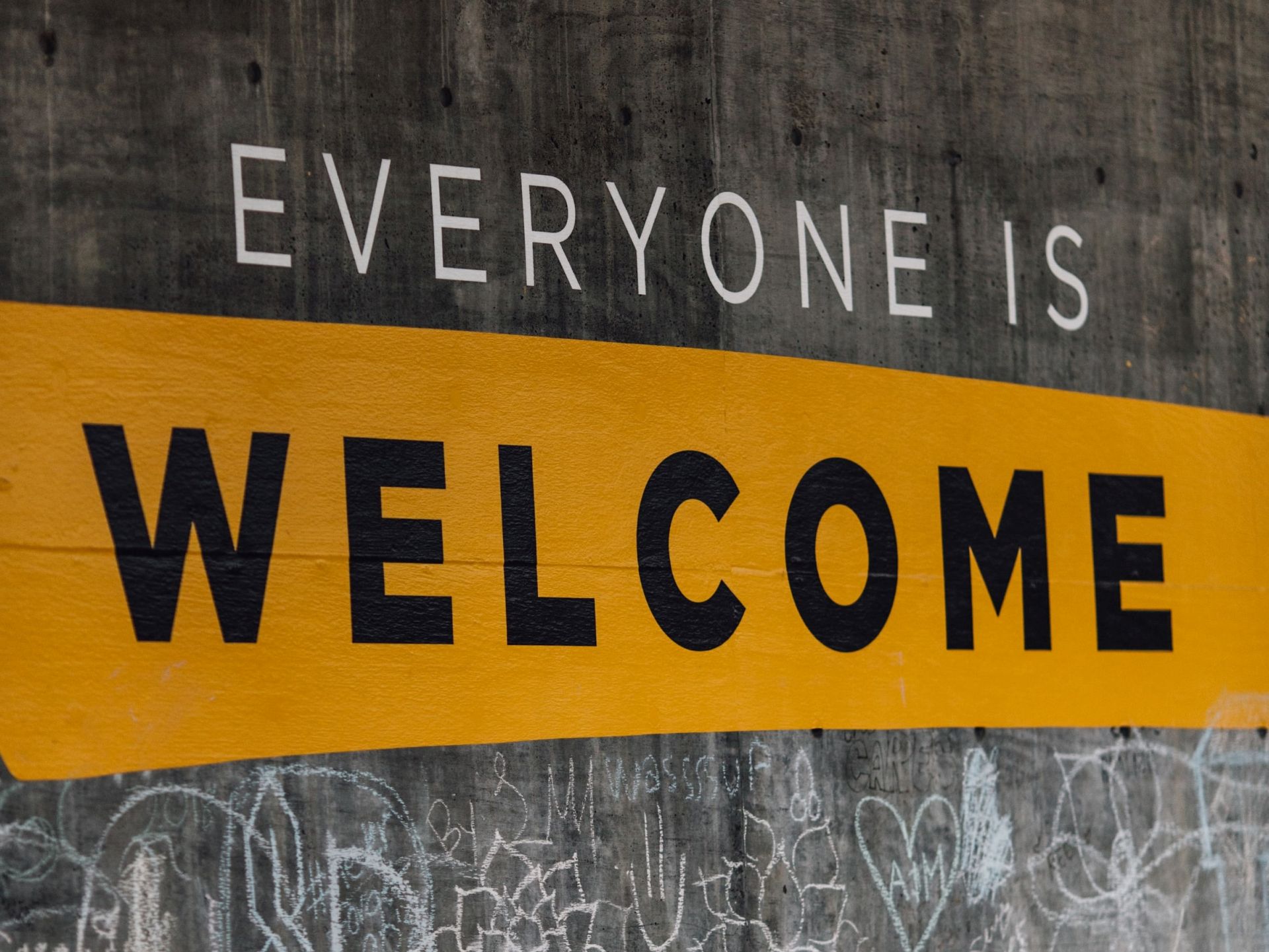Why You Should Take Part on Giving Tuesday
by Jennifer Radkey

You are most likely familiar with Black Friday and Cyber Monday, days that encourage consumerism and support the economy.
However, after these two days comes a global movement that you may not yet be familiar with but need to be: Giving Tuesday.
Created in 2012, Giving Tuesday will be celebrating its ninth year Tuesday, November 30th. It is a global movement in which organizations, businesses, charities, and individuals all come together to support their favourite causes.
From large monetary donations to simple acts of kindness, it is a day that encourages people to do good and to bring about positive change in their communities.
Why Generosity?
Generosity not only benefits the charity or person who is on the receiving end, it has huge benefits to those on the giving end.
From increased happiness to a sense of shared community, being generous with your time, resources, or money is often a simple act with big rewards.
A 2008 study by Harvard Business School professor Michael Norton and colleagues found that giving money to someone else lifts participants’ happiness more than spending money on themselves.
This is true even when the participants anticipate prior to the act of giving that spending the money on themselves would make them happier. Research also suggests that similar well-being benefits come from giving monetary gifts/donations or volunteering your time.
In other words, it doesn’t matter how you give, it is the act of giving in itself that gives us that “warm glow” feeling that we typically associate with the holiday season.
Hospitality and Generosity
The words hospitality and generosity go hand in hand.
To be a welcoming hospitality brand you need to be generous with your time and your kindness. You need to be willing to create an atmosphere in which people come to not just eat a meal, have a drink, or spend a night, but to create memories, to socialize, and to have an experience.
Over the past (nearly) two years, we have asked our communities to support hospitality businesses as we faced lockdowns and restrictions. In many ways, our communities did just that.
Guests ate on patios when the weather was not pleasant. They supported through ordering takeout. #SupportLocal movements popped up not just in the U.S. and Canada but globally. Through their extra efforts, many businesses were able to keep their doors open and their staff employed.
Now it is time to take that generosity shown to us and give it back to our community.
Giving Back
So, as a hospitality business, how can you contribute to Giving Tuesday?
Firstly, discuss it with your team! If you are able to contribute a monetary donation to your community in some way, which charity or organization speaks most to the values you all share?
If you aren’t able to contribute a monetary donation, how can you volunteer your time as a team? Maybe you can make your space available free of charge for a local organization or charity to host an event. Perhaps you can cook meals or bake goods as a team to provide to those in need, or who work tirelessly to make your community a better place.
The opportunities for giving back are endless and you can be as creative as you like. Host a breakfast with Santa for a local children’s group or do a hot chocolate and cookie drop off at a senior’s centre.
Brainstorm as many ideas as possible with your team. The process of thinking of charitable acts alone will brighten your team’s mood and get everyone in the giving spirit.
Share, Share, and Share Some More
Once you decide how you will participate in Giving Tuesday, tell the world about it!
Take photos, share the link to the charity or organization you are giving to, and encourage others to give alongside you. Tell a story.
However, do not engage with Giving Tuesday cynically with the goal of social media exposure. Be truly kind and generous.
Generosity is contagious. Your act of kindness will encourage others to do the same. It will also shine a bright spotlight on your hospitality brand, so make certain you’re engaging in kindness authentically and not just to score points with your community.
For more information on Giving Tuesday, please visit www.givingtuesday.org. Cheers to professional and personal well-being!
Image: Andrew Thornebrooke on Unsplash









